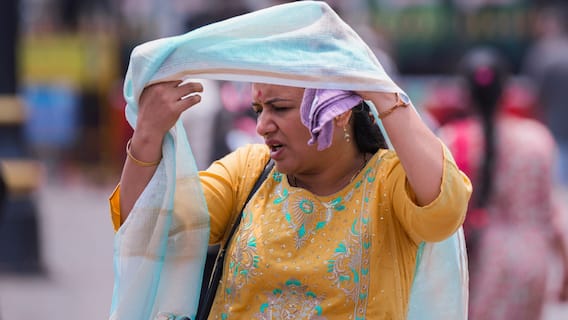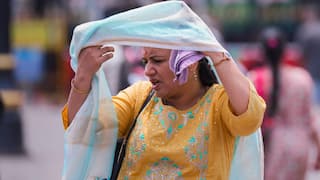Vivah panchami 2024: Know The Story Of Janoura Village — The Maternal Home Of Goddess Sita
The divine wedding of Lord Shri Ram of Ayodhya and Goddess Sita of Janakpur took place on the Panchami Tithi of Margashirsha Shukla.

Vivah panchami 2024: Vivah Panchami is celebrated on the fifth day (Panchami) of the Shukla Paksha in the month of Margashirsha or Agahan that marks the auspicious wedding anniversary of Lord Rama and Goddess Sita. This year, Vivah Panchami is being observed today, December 6, 2024.
ALSO READ: Mundan Sanskar 2025: Know The Auspicious Dates And Muhurt For Mundan Ceremony
The Sacred Wedding Of Sita And Rama:
Goddess Sita married Lord Rama in a grand ceremony held in Janakpur, her father’s kingdom. Janakpur is historically located in the region that today spans parts of both Bihar in India and Nepal, making these places revered as Sita Ji’s parental home.
Ayodhya: Sita Ji’s Marital And Parental Connection
Interestingly, beyond Bihar and Nepal, Sita Ji is also believed to have a connection to Ayodhya as both her marital home and a second parental home. This lesser-known association takes us to Janoura village near Ayodhya, which holds significant historical and cultural importance in the Ramayana.
The Story Of Janoura Village
According to ancient texts, Janoura village near Ayodhya was established by King Janak, Sita Ji’s father. To facilitate his visits to Ayodhya, King Janak purchased land near the city from King Dasharatha and developed the village. Janoura is thus referred to as King Janak's territory. The village even housed a palace built by King Janak and a temple dedicated to his deity, Lord Shiva.
Why Janoura Village Was Established:
King Janak is portrayed as a traditionalist in many episodes of the Valmiki Ramayana. After Sita Ji’s marriage to Lord Rama in Ayodhya, King Janak wanted to maintain his traditions. When advised by the family priest to send post-wedding gifts (kaleva) to Sita, King Janak decided to personally visit Ayodhya.
However, tradition dictated that a father could not eat or stay in his daughter’s marital home. To solve this, King Janak sent a messenger to King Dasharatha to arrange for a plot of land in Ayodhya. He then established Janoura village on this land.
King Janak stayed in Janoura while delivering the kaleva to Sita Ji. According to the Ramayana, he remained in the village for an extended period and made it his residence during subsequent visits to Ayodhya.
The Legacy Of Janoura:
Janoura village, nestled near Ayodhya, stands as a testament to the cultural heritage of the Ramayana era. It remains a symbolic representation of King Janak’s love and devotion for his daughter, Goddess Sita. This unique historical narrative adds another layer of reverence to Ayodhya, not just as the marital home of Sita Ji but also as a second parental abode.
[Disclaimer: The content of this article is based solely on beliefs, and should be taken as general guidance. Individual experiences may vary. ABPLive.com does not assert the accuracy or validity of any claims or information presented. It is strongly recommended to consult a qualified expert before considering or implementing any information or belief discussed herein.]
Trending News
Top Headlines








































